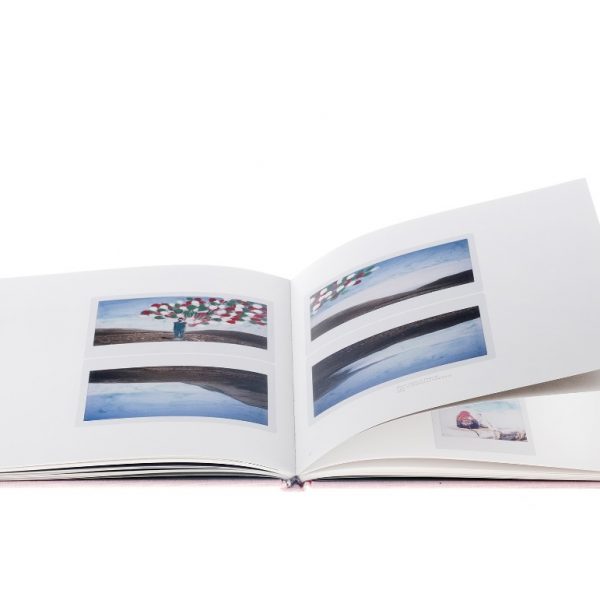Projects PublicationsAbsolute Development – Mona JanMohamadi

Representation
Shahrouz Nazari
In the ancient political realm, the term “representation” in Latin referred to substitutions and personifications. Caesar’s appointed officials were used to represent the emperor in various regions of the Empire. Representation refers to the act of depicting and symbolizing something. It is similar to “how a painting or statue represents its subject without being the subject itself”.1
In his book, When Jesus Became God, Richard E. Rubenstein uses the term “representation” to explain that Jesus was as closely attuned to God’s wishes as anyone who was not God Himself could be.
In our time, the “representation of the present” is a challenging task, given the prevalent lack of permanence and general instability. “The present is a fleeting moment which disappears as soon as it appears.”2
This book was created as a response to the disappearance and impermanence of the visual elements in Mona JanMohamadi’s photographs. The artist’s focus on documentation and the indexical character of photography, along with her emphasis on the permanence of art, suggests a sense of parody to her Polaroids. The present book is structured as a continuation of her approach, highlighting these themes. It proposes that representation can be viewed as a form of reconstruction, specifically, reconstruction through intervention. Similarly, Mona JanMohamadi attempts to intervene by altering photographs that depict reality. It may not be unfounded to suggest that Pilate, the governor of the Roman province of Judaea, who initially did not want to crucify Christ, eventually succumbed to various interventions.
1- Rubenstein, Richard E. When Jesus Became God. New York: Harcourt Brace and Company, 1999.
2- Shayegan, Dariush. The Insanity of Awareness. 3rd Edition. Tehran: Nashr-e Nazar. 2016.



